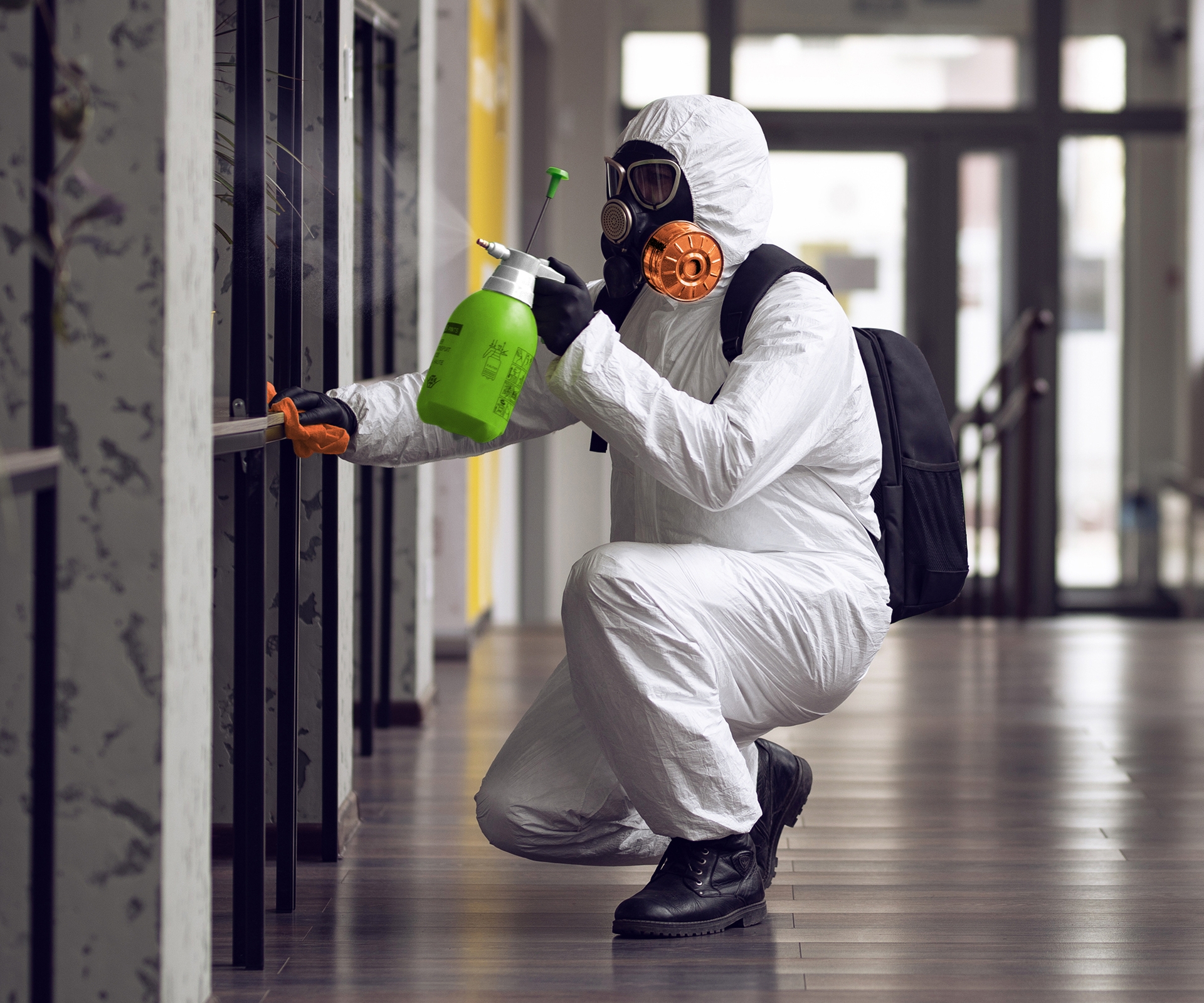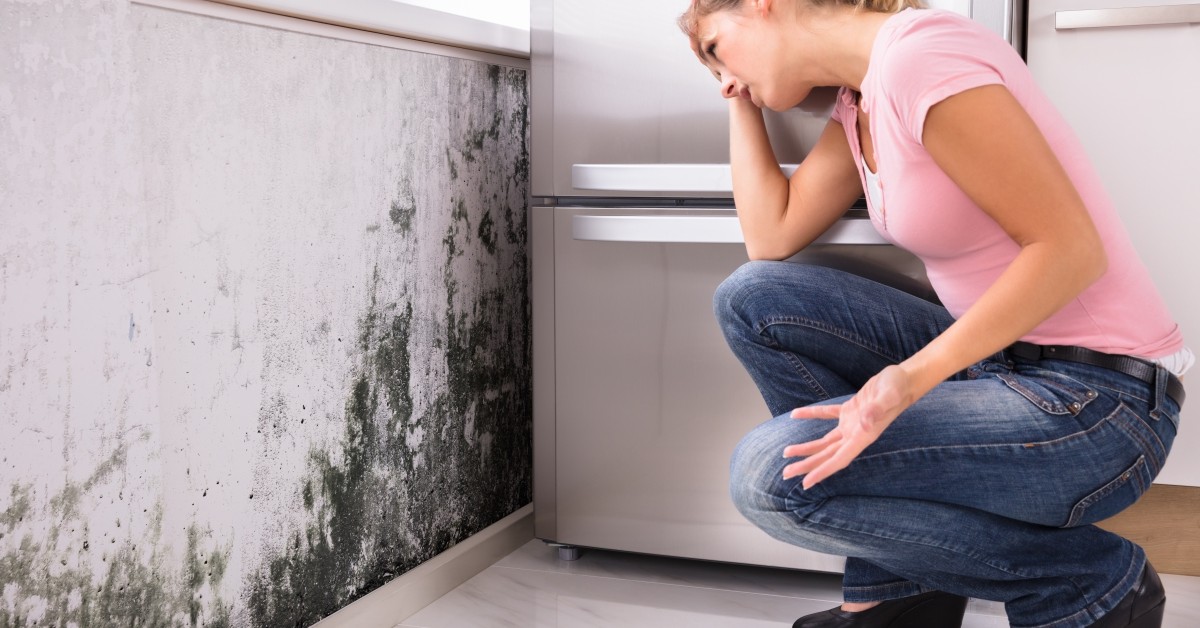Your Ultimate Overview to Post Mold And Mildew Remediation Methods
In the consequences of mold infestation, knowing exactly how to successfully remove the mold and mildew and avoid its reoccurrence is critical for maintaining a healthy and balanced indoor environment. From selecting the right cleaning and disinfecting methods to applying techniques for long-lasting mold avoidance, each step in the remediation trip plays a vital function in making sure a successful outcome.
Comprehending Post-Mold Removal Refine
After finishing the mold removal procedure, it is important to comprehend the post-mold removal strategies that are needed to ensure a efficient and comprehensive cleaning. When the mold and mildew has been eliminated, the next action involves cleansing and disinfecting the impacted locations to stop any kind of regrowth of mold. This consists of utilizing specialized cleaning agents to clean down surface areas and eliminate any kind of remaining mold spores. It is necessary to dry the location totally to inhibit the development of mold in the future (Post Remediation Inspection near me). Proper ventilation and dehumidification can aid in this process.
Furthermore, carrying out a final examination post-remediation is vital to make certain that all mold has actually been effectively gotten rid of. This examination should involve a detailed aesthetic check along with perhaps air tasting to validate the absence of mold and mildew spores airborne. If the assessment discloses any kind of remaining mold and mildew, added removal may be necessary. Lastly, educating residents on safety nets such as controlling dampness levels and promptly resolving any kind of water leakages can help maintain a mold-free setting.
Efficient Cleaning and Decontaminating Techniques

Stopping Future Mold And Mildew Growth

Significance of Correct Air Flow
Correct ventilation plays a crucial function in avoiding wetness build-up, a vital aspect in mold and mildew growth within interior settings. Efficient air flow systems help remove excess humidity from the air, decreasing the chances of mold spores discovering the moisture they need to sprout and spread. Without sufficient ventilation, indoor spaces can end up being a breeding ground for mold, bring about possible health threats and architectural damage.
By making certain appropriate air blood circulation, air flow systems can also aid in drying moist areas quicker after water damages or flooding occurrences, even more discouraging mold and mildew growth. Post YOURURL.com Remediation Inspection near me. Precede like restrooms, attics, cooking areas, and basements where dampness degrees have a tendency to be greater, setting up and maintaining effective air flow systems is essential in avoiding mold problems

Monitoring and Maintenance Tips
Provided the critical role that proper air flow plays in protecting against mold and mildew development, it is imperative to develop reliable monitoring and maintenance ideas to make sure the ongoing capability of ventilation systems. Routine evaluations of air flow systems ought to be performed to look for any type of indicators of clogs, leaks, or malfunctions that could restrain correct air flow. Tracking humidity degrees within the residential property is likewise important, as high moisture can add to mold growth. Setting up a hygrometer can aid track moisture degrees and sharp house owners to any kind of spikes that might call for attention. Additionally, making certain that air filters are consistently cleansed or changed is important for preserving the efficiency of the ventilation system. Executing a routine for routine maintenance tasks, such as duct cleansing and heating and cooling system examinations, can aid avoid concerns before they intensify. By staying mindful and aggressive to the condition of ventilation systems, homeowner can efficiently minimize the threat of mold and mildew regrowth and maintain a healthy interior atmosphere.
Final Thought
Finally, post-mold remediation methods are crucial for guaranteeing a secure and clean environment. Understanding the process, implementing efficient cleansing and sanitizing methods, stopping future mold growth, maintaining correct ventilation, and routine surveillance are all crucial action in the removal process. By complying with these guidelines, you can efficiently remove mold and avoid its return, functioning or promoting a healthy living room for all passengers.
In the after-effects of mold problem, knowing exactly how to successfully eliminate the mold and mildew and stop its reoccurrence is critical for preserving a healthy and balanced indoor setting. As soon as the mold and mildew has actually been gotten rid of, the dig this next step involves cleaning and sanitizing the impacted locations to avoid any type of regrowth of mold - Post Mold Remediation. After getting rid of visible mold and mildew development, it is important to cleanse all surface areas in the damaged area to eliminate any kind of staying mold spores. To better boost mold and mildew prevention procedures, it is crucial to deal with underlying issues that initially led to mold development.Provided the critical role that correct air flow plays in preventing mold development, it is important to develop reliable surveillance and maintenance suggestions to ensure the ongoing performance of ventilation systems